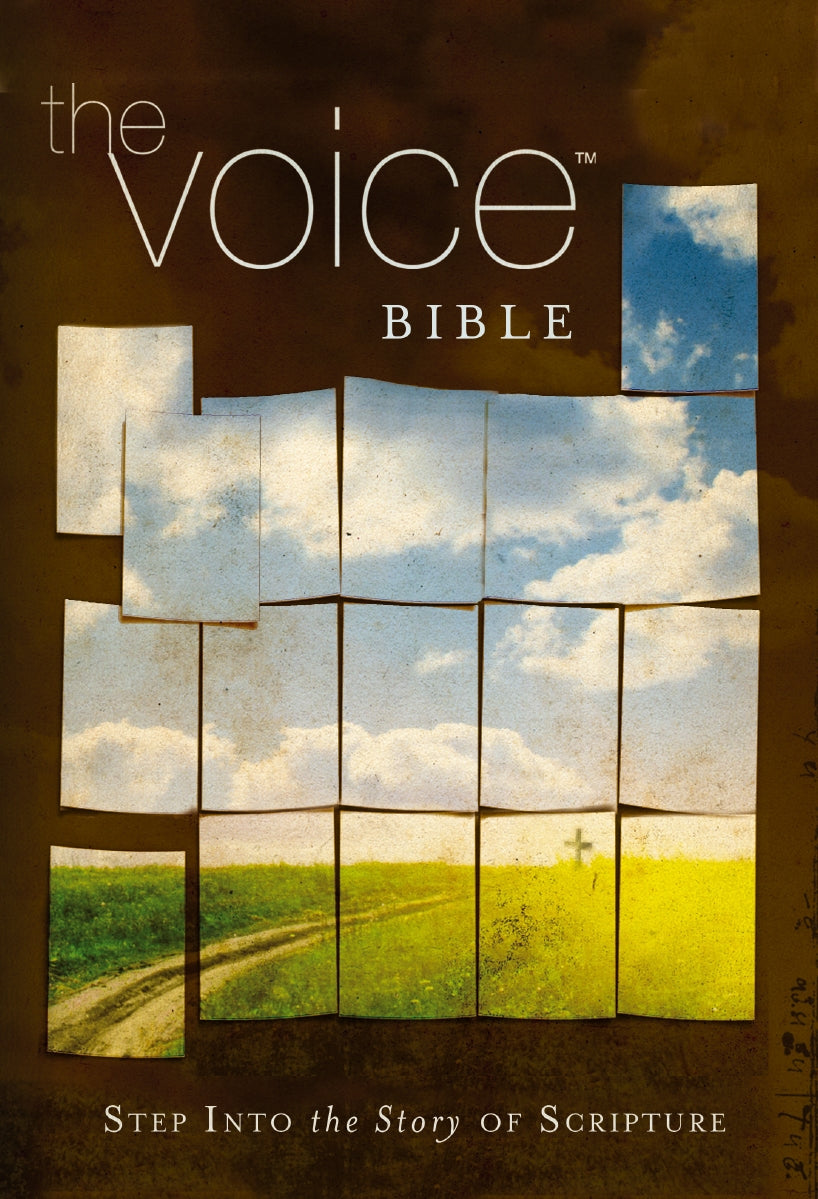Revelation 18:1-3
The Voice
Because Babylon is the city responsible for the destruction of Jerusalem’s first temple in 586 b.c., John uses this ominous symbol to describe the Babylon of his day—Rome, the city on seven hills. In a.d. 70, the Roman armies march against Jerusalem, destroy the second temple, and scatter the Jewish people.
The whore, who is identified as Babylon, is a symbol to readers in John’s day of Rome and its allure. Its beauty and power are legendary, but beneath the surface lies the truth of its nature. People who ally themselves with Rome and all that it represents are partners with ruin. In the years since John’s Revelation was first written, the whore has been seen as many different world forces. What Rome represents in John’s day has been replicated by many different world powers and their material attractions.
18 Next I saw another messenger descending from heaven. I knew he possessed great authority because his glory illuminated the earth.
2 Heavenly Messenger (with a powerful voice): Fallen, fallen, is Babylon the great city!
It has become a habitat for demons,
A haunt for every kind of foul spirit,
a prison for every sort of unclean and hateful bird.
3 For all the nations have drunk deeply
from the wine of the wrath of her immorality,
And the kings of the earth have disgraced themselves by engaging in gross sexual acts with her,
and the merchants of the earth have grown fat and rich, profiting off the power purchased with her luxury.
The Voice Bible Copyright © 2012 Thomas Nelson, Inc. The Voice™ translation © 2012 Ecclesia Bible Society All rights reserved.


